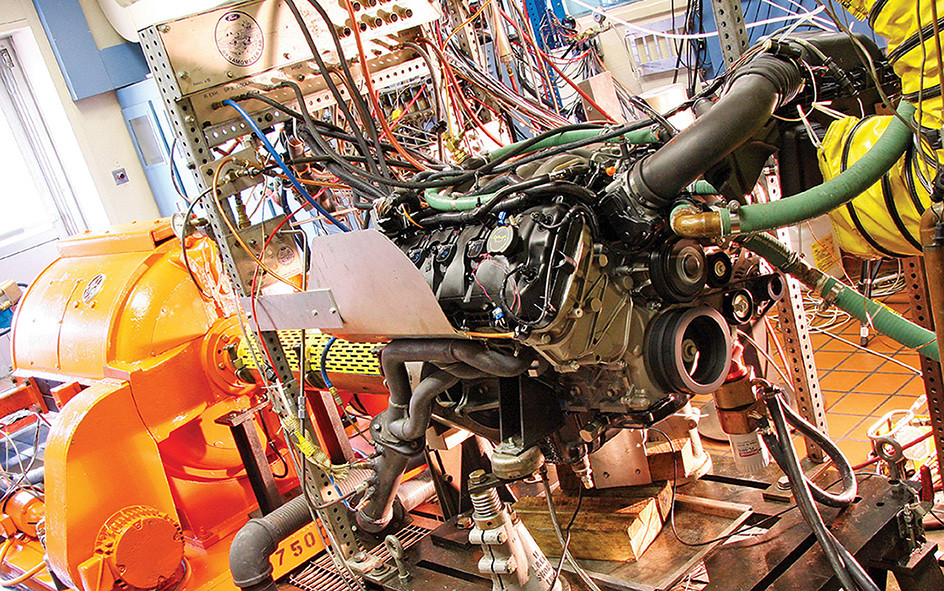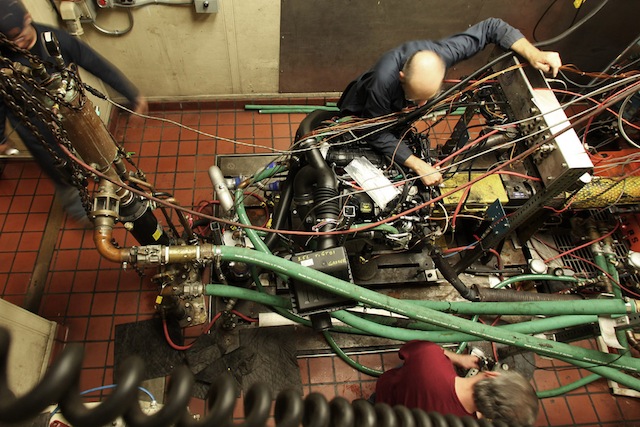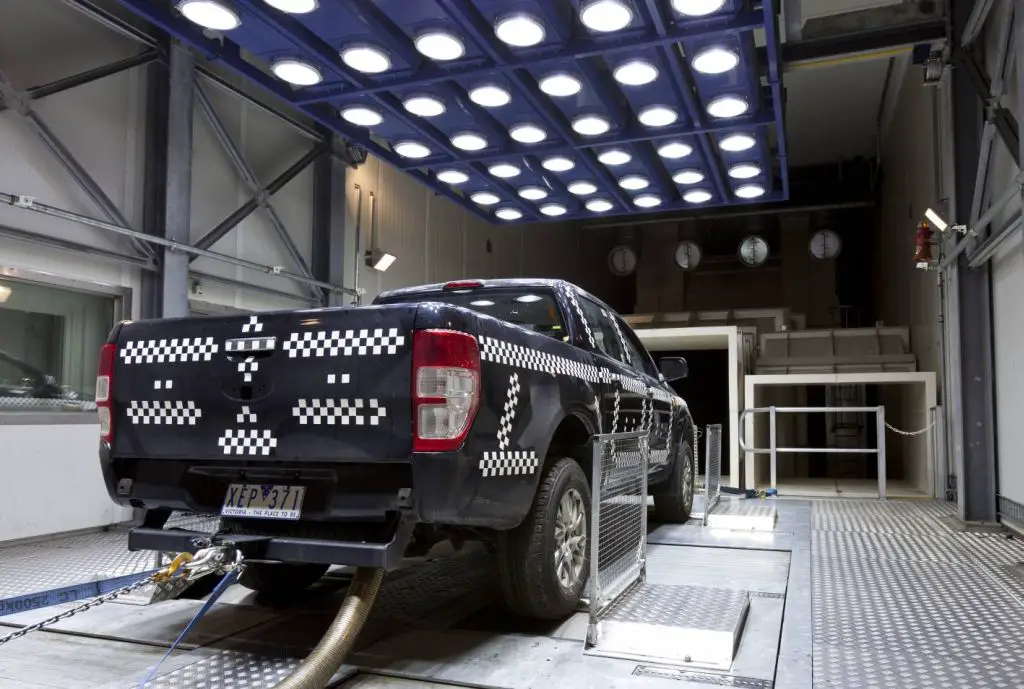For those that never adjust the MAF transfer function, please explain how you address the following situation...
Pressure @ injectors = 40psi
AFR (Commanded)
3000 RPM = .78
4000 RPM = .78
5000 RPM = .78
6000 RPM = .78
7000 RPM = .78
AFR (Actual)
3000 RPM = .75
4000 RPM = .79
5000 RPM = .83
6000 RPM = .80
7000 RPM = .77
The error is non-linear. It is both below and above the target lambda for each cell. You wouldn't adjust a linear injector slope in this situation, would you? Do you adjust the open loop fuel table proportionally at each load/rpm cell? That would make your commanded lambda fluctuate, in an effort to create a stable AFR. That doesn't seem right.
I am curious to see how those who NEVER touch a MAF transfer function account for non-linear errors in fueling.
I do agree it is nice to have a known, accurate MAF transfer function. I like the current Pro-M stuff for cars that I work with. I run one on my personal car. They come with a data sheet with an air model built with respect to the meter and air filter that is to be used on the vehicle.
When it comes to multiple vehicles and/or multiple MAFs, should you always assume that repeatability between two MAF transfer functions is always 100%? How about when it comes to blow through?
Sure...there's the HPX Tool and there's other utilities out there based upon tube diameter. There are also each of our own previous air models that we have used in prior combinations. Each of these are starting points.
To say that every PCM will read airflow the same is dismissing several different tolerance factors and assuming 100% repeatability among every meter. That is not a comprehensive method. It is poor practice, in my opinion.
Fun topic. Not sure if my car is tuned correctly. Depends who you ask, according to this thread.
Slopes, Intercepts, mass of air charge
(VE data)






